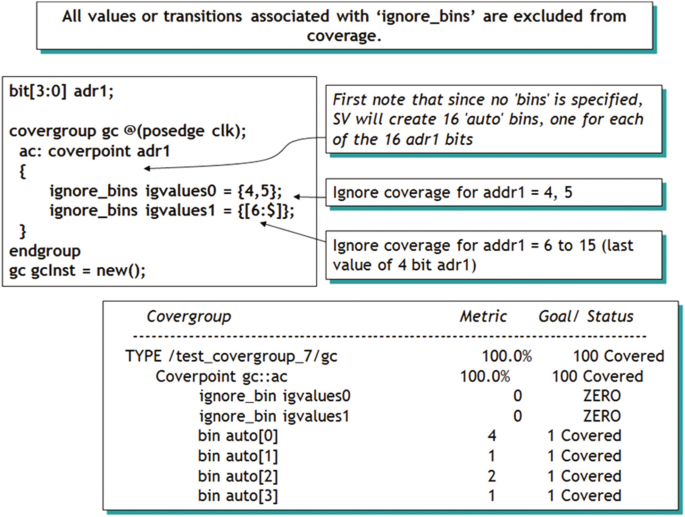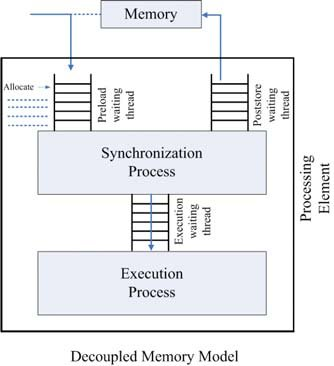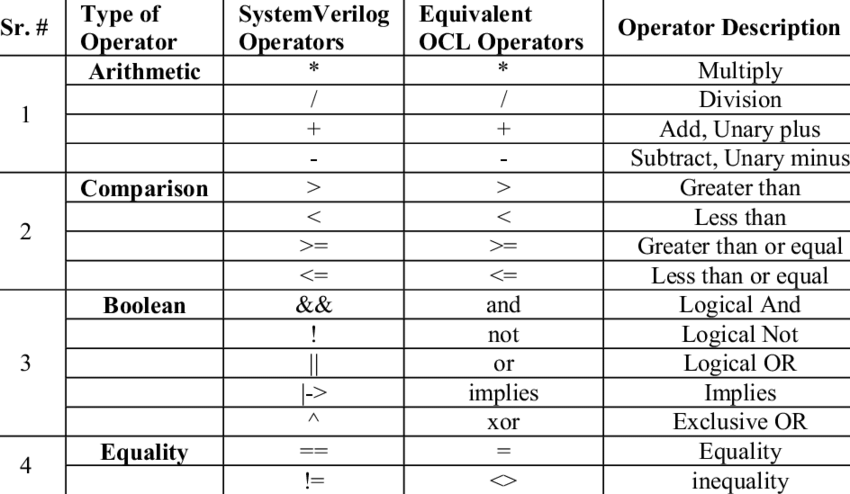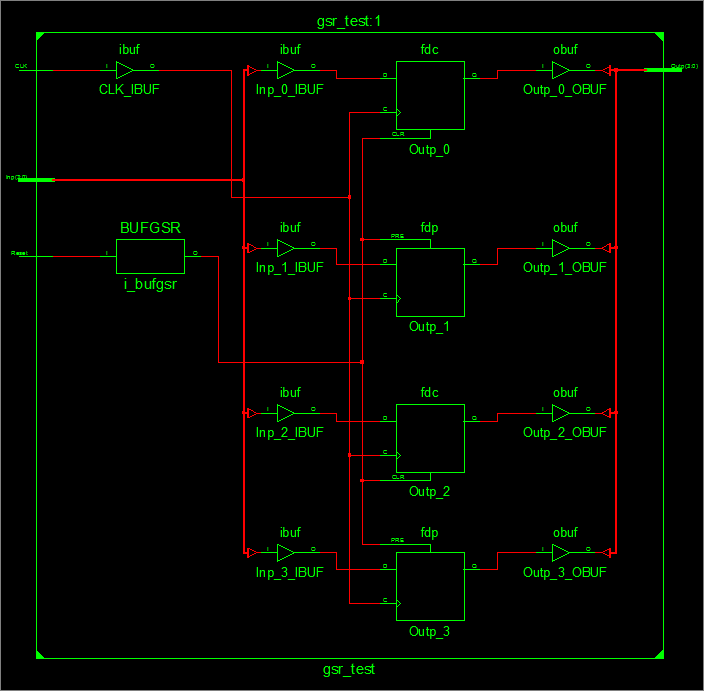Introduction
An LDO's core principle involves using an internal power device, such as a PMOS or PNP transistor, to regulate the input voltage down to the desired output voltage. During regulation, the voltage difference between the input and output, multiplied by the load current, results in power dissipation (PD), which is almost entirely converted into heat. If this heat is not dissipated effectively, the regulator's junction temperature (Tj) will rise. It may exceed the maximum junction temperature specified in the datasheet (e.g., 125°C), impacting device reliability and potentially causing permanent damage.
Thermal management is not just about choosing the right package; it also involves circuit board design, cooling conditions, and variations in specifications from different manufacturers. This article outlines three key factors to consider when selecting and designing with LDOs.
Three Key Factors
Variations in Thermal Parameters Among Manufacturers
Different manufacturers may define and test thermal resistance parameters, such as θ_JA (junction-to-ambient thermal resistance), under significantly different conditions in their LDO datasheets. For example, some packages significantly reduce θ_JA by increasing copper area, while other manufacturers might specify thermal resistance based on different PCB layer counts, copper thicknesses, or airflow conditions. This means that even if two regulators appear to have similar specifications, their actual thermal performance can vary widely.
Furthermore, manufacturers may assume different cooling conditions when testing θ_JA, such as the presence of forced airflow or the amount of PCB copper area. If an engineer directly compares θ_JA values from datasheets without considering these differences in test conditions, it can lead to incorrect component selection.
To address this:
-
- Review the datasheet: Carefully read the test conditions for thermal parameters, especially the PCB design (e.g., single vs. multi-layer, copper coverage) and airflow conditions (e.g., 0 CFM or 250 CFM).
- Refer to JEDEC standards: JEDEC standards (like JESD51) provide a uniform method for testing thermal resistance. Prioritize data from manufacturers that adhere to these standards for easier design comparison.
- Perform practical verification: Use a thermal imaging camera or temperature sensors to verify the actual junction temperature and confirm it meets expectations.
Discrepancies Between Calculation and Performance
Sometimes, a hardware engineer's calculations using the thermal equation (θ_JA = (Tj_max - Ta) / PD) may suggest a device cannot meet thermal requirements, yet the device functions normally in actual tests. This can happen for a few reasons:
- Datasheets often provide data based on worst-case scenarios (e.g., no airflow, single-layer PCB), whereas the actual application might have better cooling conditions, such as a multi-layer board or an additional heat sink.
- Airflow or heat conduction through a heat sink in the real application can improve heat dissipation.
For example, consider a 1.8V, 100mA regulator with a 5V input, an ambient temperature (Ta) of 70°C, and a maximum junction temperature (Tj_max) of 125°C. We need to determine if a SOT-23 package is thermally adequate.
First, calculate the power dissipation:
PD = (Vin - Vout) * Iout = (5V - 1.8V) * 0.1A = 0.32 W
Next, calculate the required thermal resistance:
θ_JA = (Tj_max - Ta) / PD = (125°C - 70°C) / 0.32W ≈ 171.9 °C/W
If the datasheet specifies a θ_JA of 200°C/W for the SOT-23 package under no-airflow conditions, this is higher than the required 171.9 °C/W, suggesting the device is theoretically unsuitable. However, in a real circuit, the PCB might have multiple copper layers or slight airflow, causing the actual θJA to be lower than 200°C/W. Assuming the actual θ_JA is reduced to 150°C/W, the recalculated junction temperature would be:
Tj = Ta + (PD * θ_JA) = 70°C + (0.32W * 150°C/W) = 118°C
In this case, Tj is less than 125°C, and the device can operate safely.
Therefore, increasing copper area or using a multi-layer board can significantly reduce θJA. It is crucial to verify the actual junction temperature on a prototype using a thermocouple or an infrared thermometer, as relying solely on theoretical calculations is insufficient.
Design Derating
Derating is the practice of operating a device below its absolute maximum ratings to enhance reliability and extend its lifespan. The Arrhenius model demonstrates that lowering the junction temperature can significantly prolong device life. For instance, a 10°C reduction in junction temperature can nearly double the Mean Time Between Failures (MTBF).
The Arrhenius model formula is as follows:
Where Ea is the activation energy (typically 0.9 eV), k is the Boltzmann constant (8.6 x 10-5 eV/K), and T1 and T2 are absolute temperatures in Kelvin (K).
Assume an LDO has a maximum junction temperature of 125°C (398 K). If we derate it to operate at 115°C (388 K) with an activation energy (Ea) of 0.9 eV, we can calculate the change in MTBF:
f = exp[(0.9 / (8.6 x 10-5)) * (1/388 - 1/398)]
f = exp[10465.12 * (0.002577 - 0.002513)]
f ≈ exp(0.669) ≈ 1.95
The MTBF increases by a factor of approximately 1.95, nearly doubling.
For high-reliability applications, it is recommended to keep the junction temperature at 80-90% of its maximum rating. Derating might require a larger package or additional cooling measures, necessitating a balance between cost and reliability. Some LDO datasheets provide recommended derating curves, which can be a useful reference.
 ALLPCB
ALLPCB







